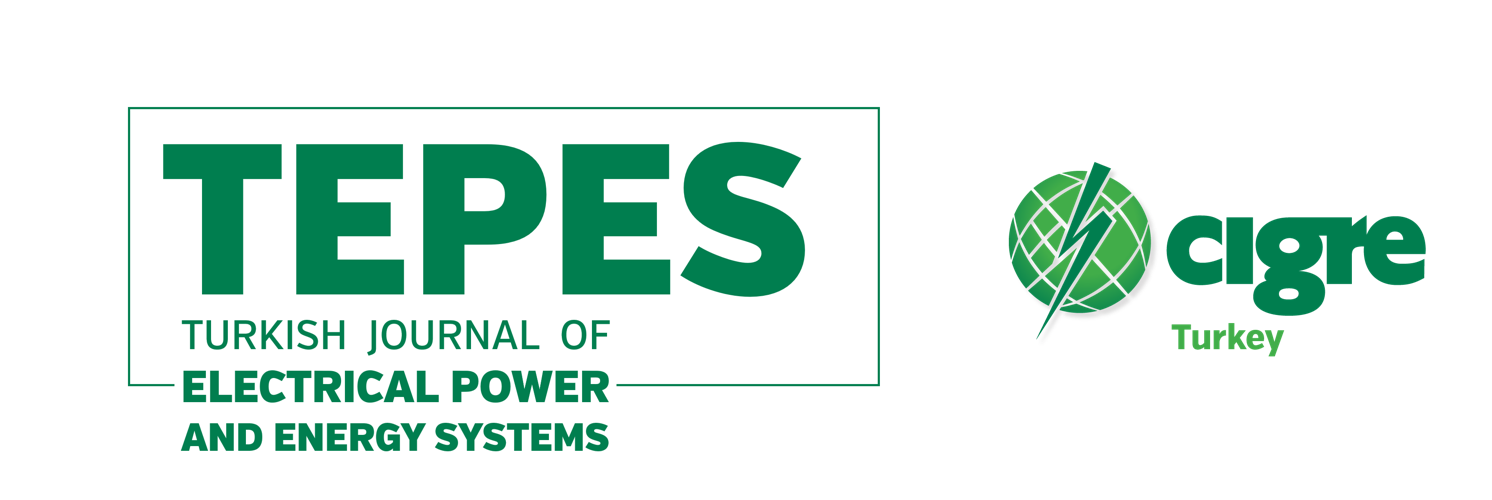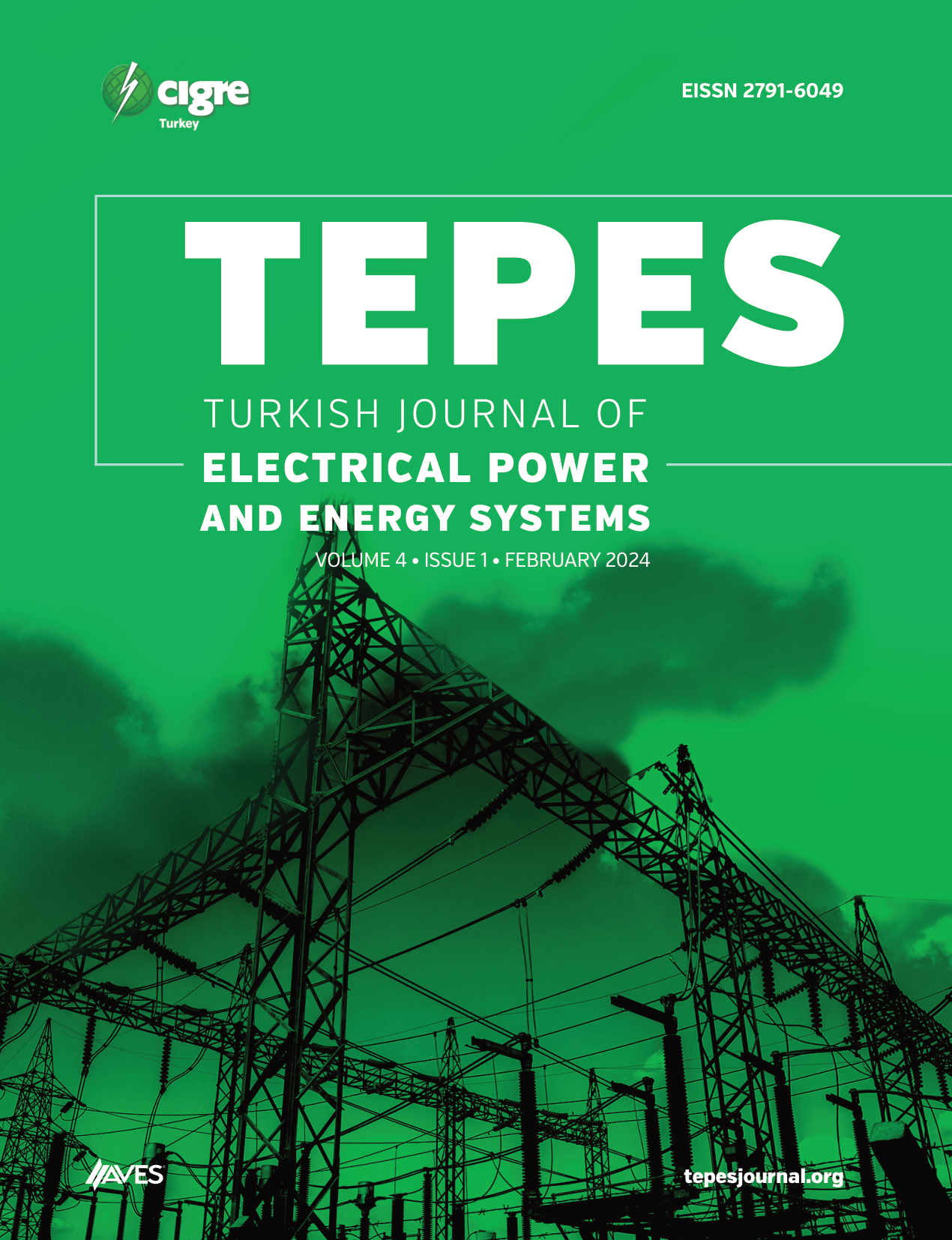Insulators and auxiliary equipment are used to provide electrical isolation in energy transmission. The high electric field distribution on the composite insulators causes a decrease in the hydrophobicity and increases the aging of the insulator over time. Corona rings are used to balance the electric field distribution with insulators. The corona rings used are designed according to thickness, diameter, and height parameters. In this study, the design parameters of the corona ring used in composite insulators are evaluated by finite element analysis. In this context, different types of corona rings were modeled in real scale in the computer environment and transferred to the Ansys Electronics Suite finite element software program. Analyses were performed with appropriate analysis settings and material definitions. Different design parameters were examined in the analysis, and the results were interpreted and shown in detail in the article. As a result, the necessity of system evaluation with finite element analyses in designing insulation systems used in energy transmission has been demonstrated.
Cite this article as: M. Uzar, Y. B. Demirol, M. A. Çınar and B. Alboyacı, “Investigation of the effect of corona ring design parameters on electric field distribution by finite element method,” Turk J Electr Power Energy Syst., 2023; 3(1), 20-27.








